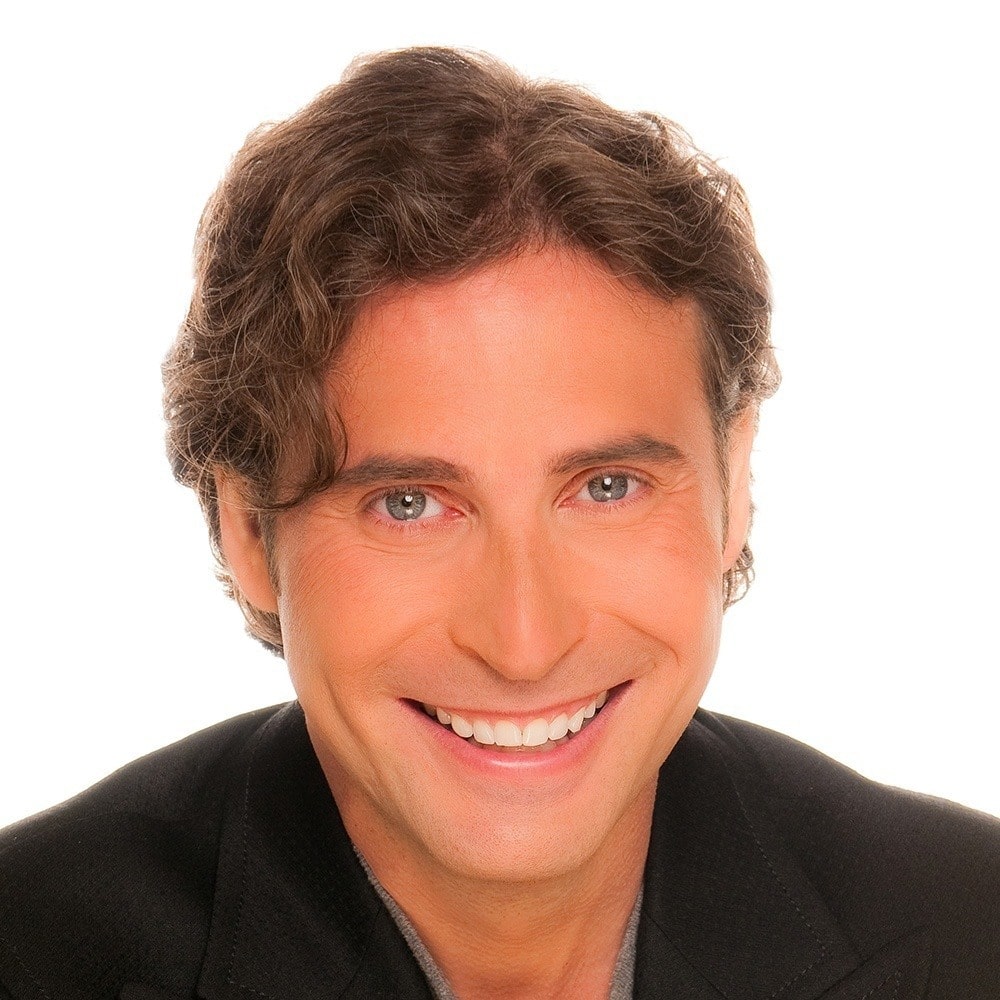
We spend too much time doing and not enough Being. Our lives are structured around activity: work, raising children, hobbies, exercise or sports, studying, entertainment (concerts, restaurants, movies, video games, reading), traveling, having sex, and so on.
The list of things we do is practically infinite. Even when we aren’t doing much, we’re mostly likely thinking about or planning things we want to do in the future.
We spend very little time just Being. We don’t even know what this means and why it’s important, let alone how to do it.
When we are Being rather than doing, we have a true, direct encounter with pure feeling. In these moments of pure feeling, we experience awe and commune with the Mystery of the universe. Our thoughts subside. Life is full and immediate. Boundless possibilities emerge.
We might experience extraordinary inner peace. We might gain penetrating insight into the fabric of the Universe. We might feel a profound sense of interconnectedness. Or experience intense, almost overwhelming bliss. Perhaps, even have full-blown mystical experiences.
Learning to Be starts with being present in this Now-Moment. We hear a lot about this. Being fully present is important but perhaps also misunderstood. Being present in the moment is not in itself the ultimate state of Being. It is where we start; it’s the doorway at the beginning of a journey, but not the entire journey.
(That isn’t to say it’s unimportant. The rest of the journey is impossible without finding and opening this first door.)
After we come into this Now-Moment, we must continue to plumb the depths of Being. Unadulterated Being is realized through tapping into pure, inner-directed feeling. Learning how to truly feel is a lost art. Emotions and feelings are not the same. Emotions are outward-directed reactions, attached to the external roller coaster of life’s ups and downs. They are the product of our various doings.
Imagine a pendulum. Positive and negative emotions occur at the ends of the swinging pendulum. On one end might be negative emotions such as anger, fear, anxiety, and the like. The opposite end of the pendulum has positive emotions such as happiness, hope, amusement, interest, or conditional love.
In contrast, feelings are inward. They aren’t connected to outward experience except insofar as (sometimes) outward events can trigger an inward feeling, though externalities can never control or determine it. Authentic feeling is perfectly grounded and always calm. Centeredness and peacefulness accompanies all genuine feeling.
True feeling occurs when that pendulum is either completely settled and unmoving or, if the pendulum of life’s activity is in motion, it’s that one moment of stillness when the pendulum is perfectly centered at its midline, before it begins its swing in one direction or the other.
The challenge of pure Being is to experience it without lapsing into too much doing. This is the paradox: “practices” can be a trap, pulling us into the outward world of doing rather than Being. What we really want are those contemplative practices which undo: meditation, chanting (devotional singing or instrumental music), genuine prayer (not the kind that asks for outward things, but rather inward experience), japa (repeating a sacred word formula), and the like are some of the vehicles that can bring us to the rest state of pure Being.
Mostly, however, we must be consciously aware that the Being-state exists and then choose to be open to its infinite possibility. You will be thrilled to discover that even just a little experience of pure Being is completely transformative.

I love it Sean,
M.S.